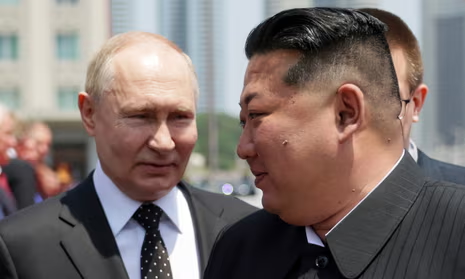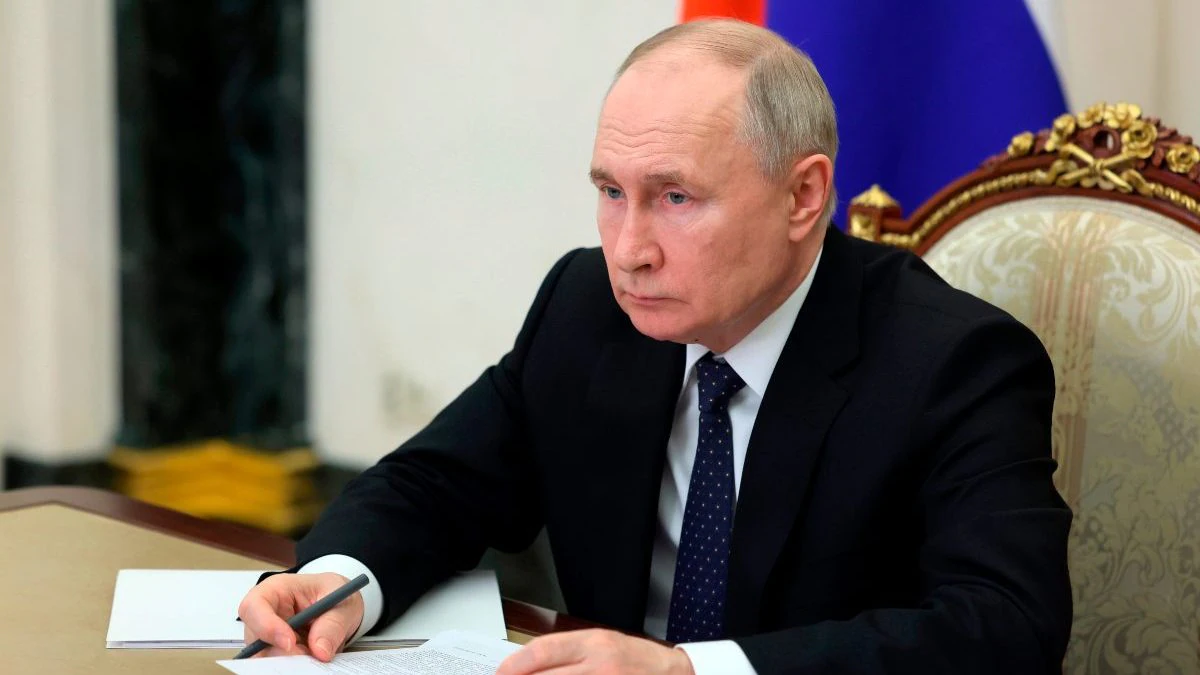Russia, the world’s largest nuclear power, may shorten the decision-making time outlined in its nuclear weapons use policy if it perceives escalating threats, according to the chairman of parliament’s defense committee.
The ongoing conflict in Ukraine has intensified tensions between it and the West to levels not seen since the 1962 Cuban Missile Crisis. Last month, President Vladimir Putin hinted at a possible revision of Russia’s nuclear doctrine, which currently specifies the conditions under which nuclear weapons could be deployed. On Sunday, Andrei Kartapolov, head of the Russian lower house of parliament’s defense committee, told the state news agency RIA that if threats to the country increased, the time needed to make decisions about using nuclear weapons could be adjusted.
Kartapolov, a former commander of Russian forces in Syria and now a lawmaker for the ruling United Russia party, emphasized that it was premature to discuss specific changes to the nuclear doctrine. The country’s 2020 nuclear doctrine allows the president to consider using nuclear weapons in response to an attack with nuclear or other weapons of mass destruction, or conventional weapons when the state’s very existence is at risk.
Russia and the United States together hold about 88% of the world’s nuclear arsenal, according to the Federation of American Scientists. Both nations are currently modernizing their nuclear capabilities, while China is rapidly expanding its own nuclear arsenal.

Russia’s revised nuclear plans
This month, President Vladimir Putin stated that his country does not need to use nuclear weapons to secure victory in Ukraine, marking the Kremlin’s strongest indication yet that Europe’s deadliest conflict since World War II is unlikely to escalate into nuclear war. However, Putin did not rule out changes to Russia’s nuclear doctrine, a move seen as a response to pressure from hardliners within the Russian elite who advocate for a lower threshold for nuclear use and swifter action on escalation.
Last week, Putin reiterated that adjustments to the nuclear doctrine might be necessary due to the development of ultra-low-yield nuclear devices by Russia’s adversaries. This statement underscores the ongoing concern within the Russian leadership about the evolving nature of nuclear threats.
Both Moscow and Washington significantly reduced their nuclear arsenals following the collapse of the Soviet Union, but the framework of Cold War arms control has since deteriorated. Many diplomats now fear a resurgence of the arms race. A senior White House aide recently indicated that the United States might need to deploy more strategic nuclear weapons in the coming years to counter growing threats from Russia, China, and other adversaries.
Talks about control
Moscow has expressed a willingness to discuss arms control with the United States, but insists that any such talks should be part of a broader dialogue on European security and the future of Ukraine. The US 2022 Nuclear Posture Review highlights that both Russia and China are expanding their nuclear capabilities, predicting that by the 2030s, the United States will face two major nuclear powers as strategic competitors and potential adversaries for the first time in its history.
The current geopolitical climate has reignited concerns over nuclear proliferation and arms control. Tensions with the West, exacerbated by the ongoing conflict in Ukraine, have led to heightened scrutiny of Russia’s nuclear posture. President Vladimir Putin has indicated that while there is no immediate need to use nuclear weapons in Ukraine, changes to Russia’s nuclear doctrine remain a possibility, particularly in response to advancements in ultra-low-yield nuclear devices by adversaries.
Russia’s nuclear strategy is governed by a 2020 doctrine that allows for the use of nuclear weapons in response to an attack with weapons of mass destruction or when the state’s existence is threatened. This doctrine reflects a defensive stance but also leaves room for ambiguity, which has been a point of contention and concern among global observers.
As arms control agreements between Russia and the United States have eroded, there is a growing fear of a new arms race. Both nations are modernizing their arsenals, while China rapidly expands its nuclear capabilities. This evolving landscape necessitates renewed efforts in diplomatic engagement and arms control to prevent escalation and ensure global security.




1 Comment
Pingback: Russia Warns US After Attack in Crimea: Retaliation Imminent - INPAC Times